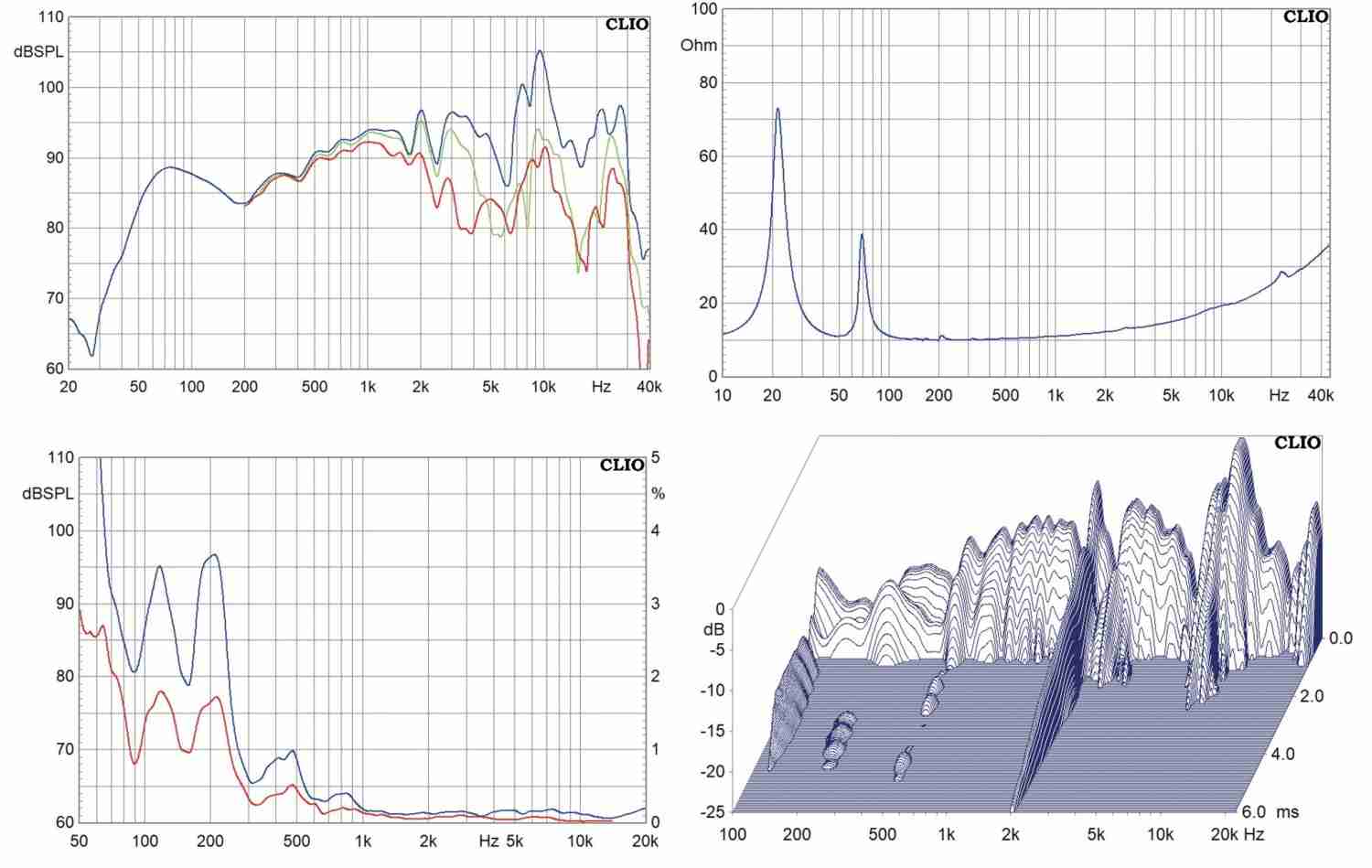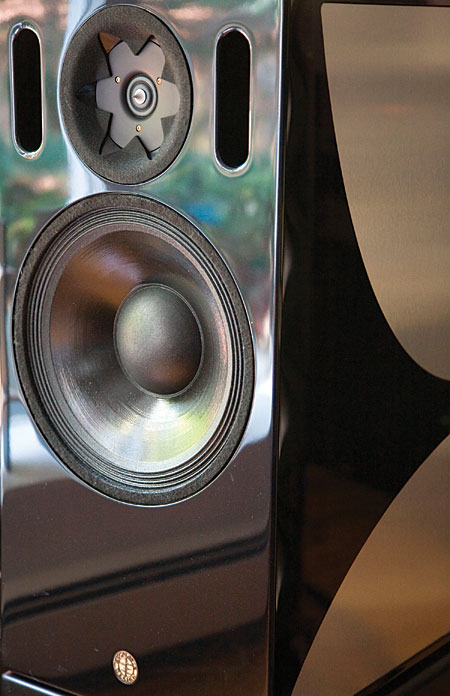That's generous. I see a speaker with no real bass to speak of, there's no glossing over that the crossover region is a mess even if it might all work itself out in the wash, and that huge peak above the presence band might give a bit of 'air and space' but I personally find such obvious colourations get irritating over time.
Added to that they are insensitive, and with them being a small two-way you won't be able to put much power into them before they audibly distort.
If they were a couple of hundred then you could do worse, but at six grand? I don't see how such products can find a market, but some do seem to manage it.
Yes, I was providing counterpoint. Also I'm Australian and we often go with (somewhat sarcastic) understatement: "very modest bass extension" and "no real bass to speak of" and even "there's literally no f*cking bass" are equivalent. But I've also done the pushing small speaker too hard thing and it isn't for me. As for market, I reckon some will actually like that sound (just as I know I wouldn't). And they will like the construction and finish which isn't there on a cheap but more conventionally tuned device. I know staring at a cheap-looking thing while listening to music would make my flesh crawl. They are three-way speakers though, the top is a co-axial arrangement.
Last edited:


